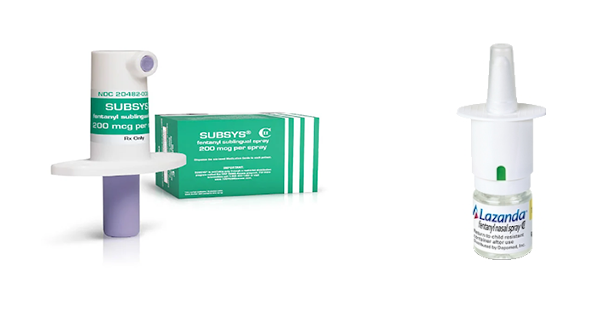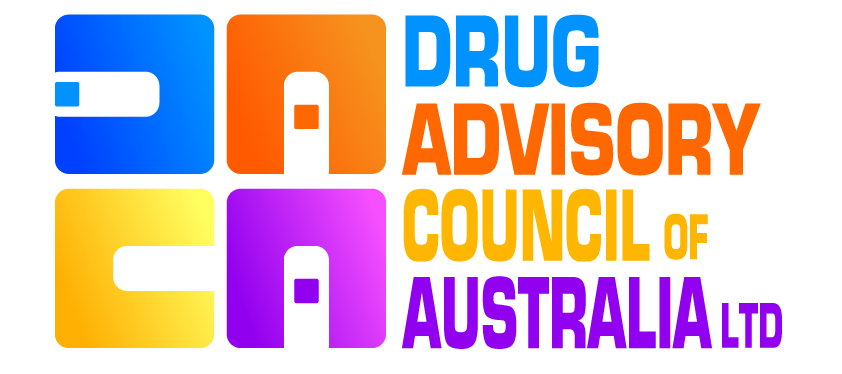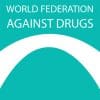Understanding drugs and their effects is crucial for making informed decisions about your health and well-being. Here’s a comprehensive overview of what you need to know:
Types of Drugs
- Prescription Drugs: Medications prescribed by a healthcare professional to treat specific medical conditions. They are regulated and should be taken as directed.
- Over-the-Counter (OTC) Drugs: Medications available without a prescription, used to treat common ailments like pain, allergies, and colds. Always follow the dosage instructions.
- Recreational Drugs: Substances taken for pleasure rather than medical reasons, such as alcohol, nicotine, and illicit drugs. These can have significant health and legal consequences.
- Illicit Drugs: Illegal substances such as cocaine, heroin, and methamphetamine. These are highly addictive and can cause severe health issues and legal problems.
- Herbal Drugs: Natural remedies derived from plants. While some can be beneficial, they are not always regulated and can interact with other medications.
Effects on the Body
- Short-Term Effects: Can include changes in appetite, heart rate, blood pressure, mood, and perception. The effects vary depending on the drug.
- Long-Term Effects: Prolonged use can lead to addiction, organ damage, mental health issues, and other chronic health conditions.
- Side Effects: All drugs can have side effects, ranging from mild to severe. It’s important to be aware of these and consult with a healthcare provider if they occur.
Risks and Safety
- Addiction: Many drugs, particularly opioids, stimulants, and sedatives, have a high potential for addiction. Recognize the signs of dependence and seek help if needed.
- Interactions: Drugs can interact with each other, leading to dangerous side effects. Always inform your healthcare provider of all medications and supplements you are taking.
- Quality and Regulation: Ensure you are using drugs from reputable sources. Counterfeit or unregulated drugs can be dangerous.
- Dosage and Administration: Follow the prescribed or recommended dosage. Incorrect usage can lead to overdose or insufficient treatment.
Legal and Social Implications
- Legal Status: Know the legal status of drugs in your region. Possession or use of certain drugs can lead to legal consequences.
- Social Impact: Drug use can affect relationships, job performance, and overall quality of life. Be mindful of the social implications.
Seeking Help
- Medical Assistance: If you experience adverse effects or suspect addiction, seek medical help immediately.
- Support Networks: There are many resources available for those struggling with drug abuse, including counseling, rehab centers, and support groups.
Education and Prevention
- Stay Informed: Educate yourself about the drugs you are using or considering. Knowledge is a powerful tool in making safe decisions.
- Prevention: Avoid unnecessary use of drugs and be aware of the risk factors for addiction.
By understanding the types, effects, risks, and legal implications of drug use, you can make informed decisions and promote a healthier lifestyle. Always consult with healthcare professionals for personalized advice and support.
What does it look like?
Fentanyl pharmaceutical products are currently available in the following dosage forms: oral transmucosal lozenges commonly referred to as fentanyl “lollipops” (Actiq®) F,


Effervescent buccal tablets (Fentora®), Sublingual tablets (Abstral®)

Sublingual sprays (Subsys®), Nasal sprays (Lazanda®)

Transdermal patches (Duragesic®), and injectable formulations.

Clandestinely produced fentanyl is encountered either as a powder or in counterfeit tablets and is Fentanyl sold alone or in combination with other drugs such as heroin or cocaine.
How is it abused?
Fentanyl can be injected, snorted/sniffed, smoked, taken orally by pill or tablet, and spiked onto blotter paper. Fentanyl patches are abused by removing its gel contents and then injecting or ingesting these contents. Patches have also been frozen, cut into pieces, and placed under the tongue or in the cheek cavity. Illicitly produced fentanyl is sold alone or in combination with heroin and other substances and has been identified in counterfeit pills, mimicking pharmaceutical drugs such as oxycodone.
According to the National Forensic Laboratory Information System, reports on fentanyl (both pharmaceutical and clandestinely produced) increased from nearly 5,400 in 2014 to over 56,500 in 2017, as reported by federal, state, and local forensic laboratories in the United States. While Mexico and China are the primary source countries for fentanyl and fentanyl-related substances trafficked directly into the United States, India is emerging as a source for finished fentanyl powder and fentanyl precursor chemicals.
Overdose deaths on the rise:
According to the New York Times Drug overdoses now kill more than 100,000 Americans a year — more than vehicle crash and gun deaths combined.
In 2015 opioid drug overdoses were reported at 33,091 as of 2021 they are now reported at 78,056 which is a 135% increase and is more deaths than the Vietnam war.
In Summary
Drugs may contain deadly levels of fentanyl, and you wouldn’t be able to see it, taste it, or smell it. It is nearly impossible to tell if drugs have been laced with fentanyl.
Fentanyl and other synthetic opioids are the most common drugs involved in overdose deaths. Even in small doses, it can be deadly.
Over 150 people die every day from overdoses related to synthetic opioids like fentanyl.





